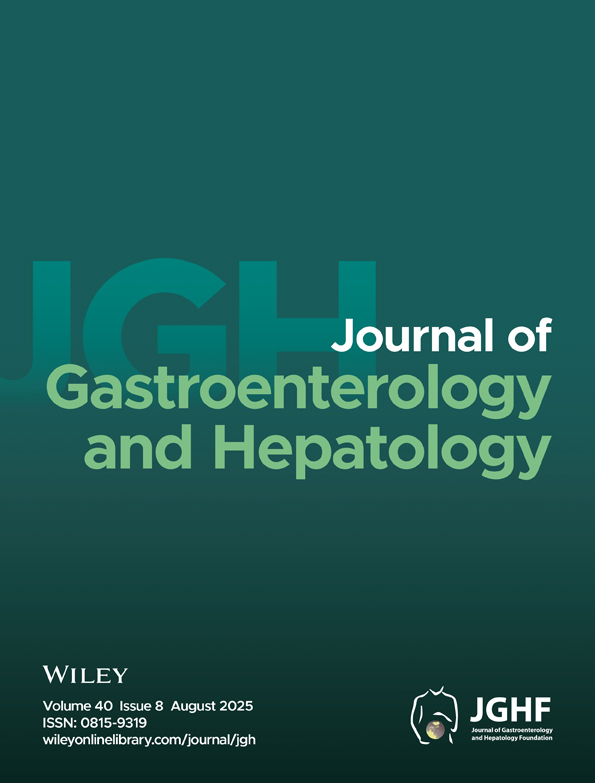Hepatobiliary and pancreatic: An old woman with hepatocellular carcinoma who underwent resection and chemoembolization
Contributed by Drs S Iwamoto, Kitakyushu, and Prof K Okuda, Department of Medicine, Chiba University Hospital, Chiba, Japan.
Contributions to the hepatobiliary and pancreatic images section are welcomed and should be sent to Prof M Ebara, Department of Diagnostic Radiology, Department of Medicine, Chiba University School of Medicine, 1-8-1 Inohana, Chuo-ku, Chiba, Japan.
An 83-year-old woman was found to have chronic hepatitis C and a small hepatocellular carcinoma (HCC) in February 1996. She underwent arterial chemoembolization therapy, but it was not very successful. In June 1996, it was decided that she needed surgery and that she could tolerate a small resection. A 2-cm HCC in segment VIII of the liver was resected, and a 3-cm lesion in segment VI was heat-coagulated with microwaves intraoperatively. She was well after surgery, with only a minimal elevation of her alanine aminotransferase level (up to 55 IU/L) and a negative alpha-fetoprotein for 4 years. On 13 July 2000, a small HCC was detected in segment III in the left lobe of the liver on a CT scan. Transarterial oily chemoembolization injecting 6 mL of Lipiodol/Farmorubicin emulsion followed by Mictomycin C-soaked Gelform particles was carried out on the same day. Figure 1 is the follow-up CT made 3 weeks after embolization (late phase following bolus enhancement). Figure 2 is a CTAP (arterial portography CT) 4 months after the embolization.

Computed tomography 3 weeks after chemoembolization.

Computed tomography 4 months after chemoembolization.
Question 1: How do you interpret 1, 2?
Question 2: What happened after chemoembolization to the liver?
See commentary on page 1170




